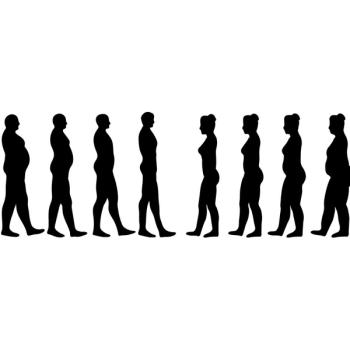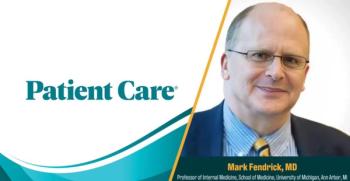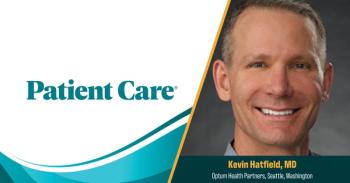
News|Articles|January 2, 2025
FDA Approves First Drug for Obstructive Sleep Apnea with Obesity: Daily Dose
Author(s)Sydney Jennings
Your daily dose of the clinical news you may have missed.
Advertisement
Patient Care brings primary care clinicians a lot of medical news every day—it’s easy to miss an important study. The Daily Dose provides a concise summary of one of the website's leading stories you may not have seen.
On December 20, 2024, we reported on on the US FDA approval of tirzepatide (Zepbound; Eli Lilly and Company) for the treatment of moderate to severe obstructive sleep apnea (OSA) in adults with obesity.
The approval
Tirzepatide is the first and only prescription medication indicated for adults with moderate-to-severe OSA who also have obesity. Tirzepatide is indicated to be used alongside a reduced-calorie diet and increased physical activity.
The approval was supported by results from the SURMOUNT-OSA phase 3 clinical trial that evaluated the efficacy and safety of tirzepatide in 2 patient populations: adults with moderate-to-severe OSA and obesity who were unable or unwilling to use positive airway pressure (PAP) therapy (Study 1), and those who were using and planned to remain on PAP therapy during the trial (Study 2). The primary objective of both studies was to determine whether tirzepatide was superior to placebo in changing the apnea-hypopnea index (AHI) from baseline at 52 weeks.
The data showed that tirzepatide was approximately 5 times more effective than placebo in reducing breathing disruptions among patients not on PAP therapy, lowering their AHI by an average of 25 events per hour compared with 5 events per hour for placebo. In patients on PAP therapy, tirzepatide lowered the AHI by 29 events per hour compared with 6 events per hour for placebo. After 1 year, up to 50% of adults receiving tirzepatide experienced remission or mild, nonsymptomatic OSA compared with significantly fewer patients in the placebo group.
Patients also experienced substantial weight loss, averaging 45 lb (18% of baseline body weight) for those not on PAP therapy and 50 lb (20%) for those on PAP therapy, versus 4 lb (2%) and 6 lb (2%) for placebo, respectively.
Newsletter
Enhance your clinical practice with the Patient Care newsletter, offering the latest evidence-based guidelines, diagnostic insights, and treatment strategies for primary care physicians.
Advertisement
Latest CME
Advertisement
Advertisement
Trending on Patient Care Online
1
Phase 3 Data Support Oral Orforglipron for Weight Maintenance After GLP-1–Based Weight Loss
2
Final Thoughts on Vasomotor Symptoms and NK Receptor Antagonism
3
Colorectal Cancer Screening in 2025: What Changed, and What Didn't, with Mark Fendrick, MD
4
Novo Nordisk Files NDA for CagriSema, Novel GLP-1-amylin Combination for Chronic Weight Management
5
















































































































































































































































































